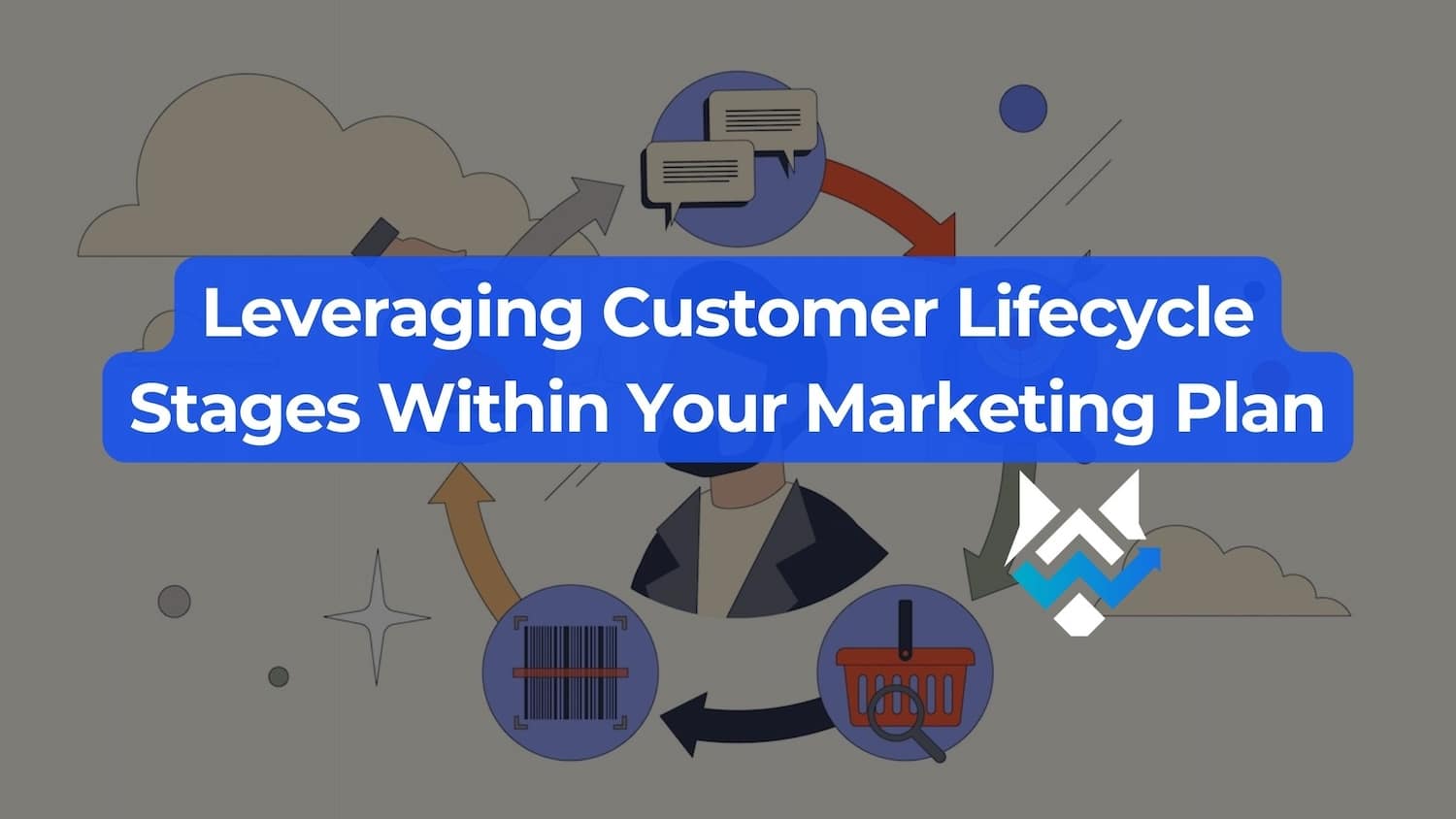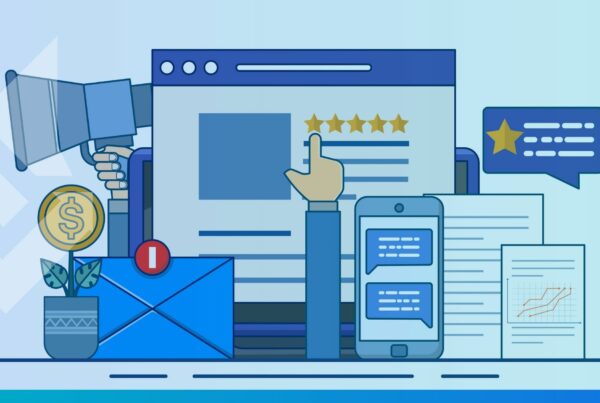Marketing for the customer lifecycle can be like rocket fuel. It involves tailoring your strategies to each stage of the customer journey – from initial awareness to loyal advocacy. When you focus on each phase, you can build stronger relationships, boost customer satisfaction, and drive more growth.
Since growth is the name of the game, this post will break down the marketing lifecycle and offer actionable tips for you to start marketing for each stage today.
What is the Customer Lifecycle?
The customer lifecycle is the journey your customers take from the moment they first hear about your brand until they become loyal advocates.
It includes several key stages – Awareness, Consideration, Decision, Retention, and Advocacy. If you understand each stage, you can create targeted strategies that meet your customers’ needs at every step.
Why Marketing by Lifecycle is Important
Addressing each customer where they are helps you build strong, lasting relationships with them. Here’s why that matters:
- Increased Retention – ChartMogul’s 2023 analysis found that companies achieve customer retention rates of up to 87% by leveraging lifecycle marketing strategies; particularly those that involve personalized customer experiences and data-driven segmentation.
- Customer Satisfaction – Addressing customer needs at each stage encourages a positive experience, and happy customers are more likely to stay loyal and recommend your brand.
- Sustainable Growth – Effective lifecycle marketing turns satisfied customers into brand advocates. Those advocates can help you reach new audiences and drive organic growth through word-of-mouth and referrals.
- Marketing Spend – When you see the customer lifecycle, you can allocate your marketing budget more effectively.
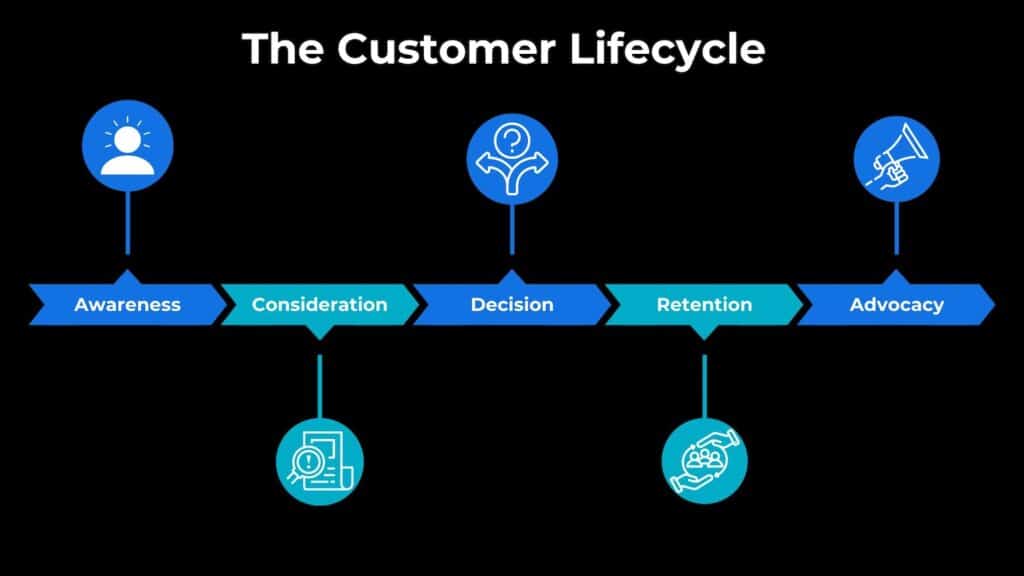
Breaking Down the Stages
As mentioned earlier, the complete lifecycle can be broken into stages. Ideally, the customer will go through them all in this order:
- Awareness
- Consideration
- Decision
- Retention
- Advocacy
Stage 1) Create Awareness
Firstly, the beginning of the customer lifecycle is making potential customers aware of your brand. At this stage, your goal is to grab attention and introduce your brand. Effective strategies include:
- Content Marketing – Create valuable content that addresses your audience’s needs and interests.
- Social Media – Use platforms like Facebook, Instagram, and LinkedIn to reach a broader audience.
- SEO and PPC – Optimize your website for search engines and use pay-per-click advertising to drive traffic.
Example – A company blog that answers relevant questions and solves common problems can attract new visitors and raise brand awareness.
Stage 2) Spark Consideration
Once customers are aware of your brand, they start considering their options. Here, you aim to engage and nurture these leads by providing information that helps them make informed decisions. Effective strategies include:
- Email Campaigns – Send targeted emails with valuable content and offers.
- Retargeting Ads – Ads can remind potential customers of your brand as they browse online.
- Informative Content – Provide case studies, whitepapers, and comparison guides.
Example – An email series that highlights the benefits of your product, shares customer success stories, and offers free trials can help move prospects closer to a purchase.
Stage 3) Facilitate Decision-Making
At this point, customers are ready to make a purchase decision. Your job is to make this process as smooth and convincing as possible. Techniques include:
- Personalized Marketing – Tailor your messages based on customer behavior and preferences.
- Clear Calls-to-Action (CTAs) – Use compelling CTAs that direct customers toward making a purchase.
- Customer Testimonials – Showcase reviews and testimonials to build trust and credibility.
Example – A personalized email offering a limited-time discount on a service based on the customer’s previous interactions with your website can encourage them to buy.
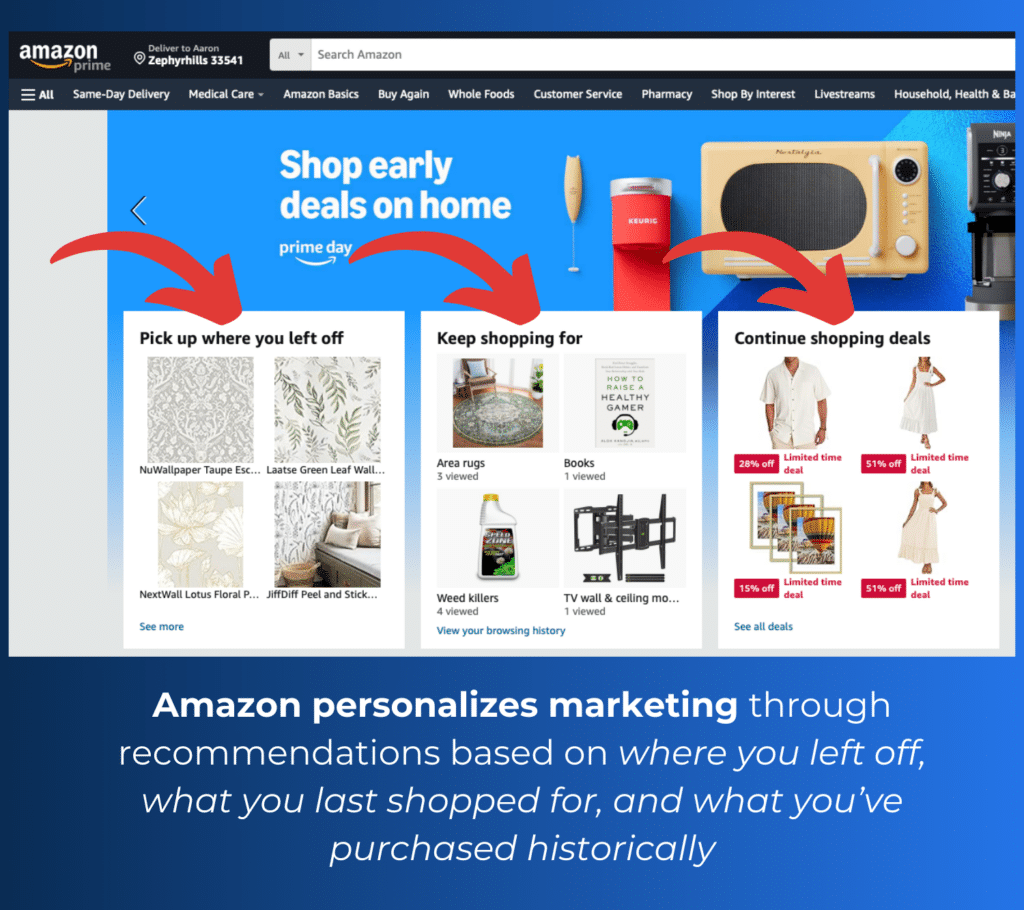
Stage 4) Remember Retention
Retaining customers is more cost-effective than acquiring new ones. Focus on keeping your customers happy and engaged. Proven strategies to do just that include:
- Loyalty Programs – Reward repeat customers with points, discounts, or special offers.
- Regular Updates – Keep customers informed with newsletters and updates about new products or features.
- Excellent Customer Service – Provide prompt and helpful support to resolve any issues.
Example – A loyalty program that offers exclusive discounts or early access to new services/products can incentivize repeat purchases.
Stage 5) Inspire Advocacy
Then, satisfied customers can become your best marketers. Encourage them to share their positive experiences. Effective methods include:
- Referral Programs – Offer incentives for customers who refer new clients.
- Social Proof – Highlight user-generated content and positive reviews on your website and social media.
- Social Media Engagement – Last, but not least, engage with customers on social media to build community and loyalty.
Example – A referral program that offers a discount or exclusive reward can motivate customers to spread the word.
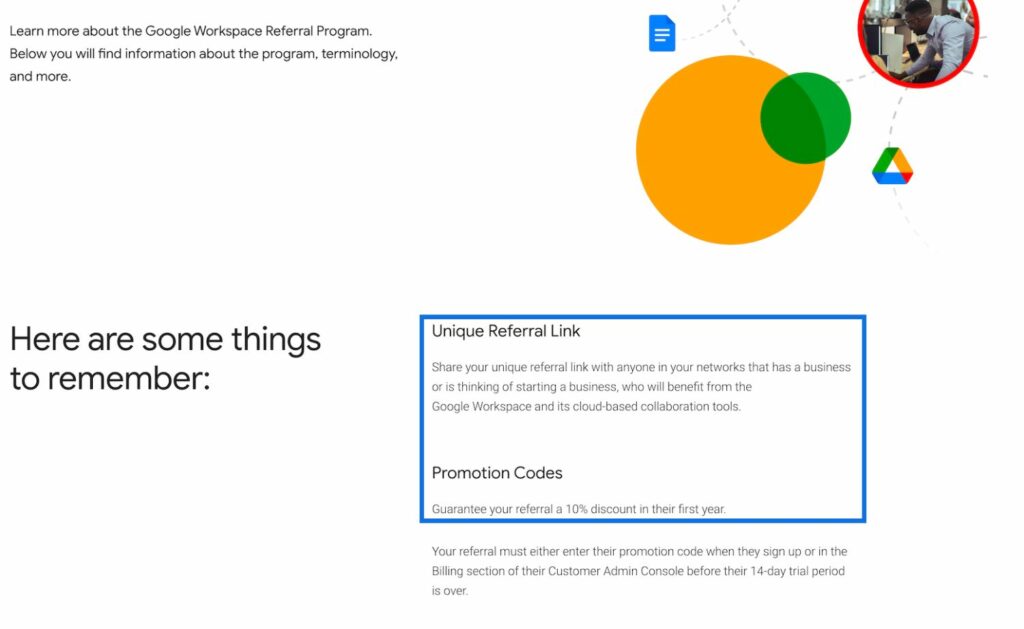
Google’s own referral program for Workspace users.
Watching the Lifecycle Evolve
Equally important, tracking your progress and continuously refining your strategies is how you’ll see real growth. So, measure and optimize each stage of the customer lifecycle with workflows like this:
Key Metrics to Track
- Awareness – Monitor website traffic, social media engagement, and brand mentions to gauge the effectiveness of your awareness campaigns.
- Consideration – Track metrics like email open rates, click-through rates, and the time visitors spend on your site to see how well you’re nurturing leads.
- Decision – Measure conversion rates, sales numbers, and customer acquisition costs to assess the success of your decision-making strategies.
- Retention – Keep an eye on customer retention rates, repeat purchase rates, and customer lifetime value to understand your retention performance.
- Advocacy – Look at referral rates, customer reviews, and social media shares to evaluate your advocacy efforts.
Analysis Tools and Techniques
- Google Analytics – Track website traffic, user behavior, and conversion rates.
- Customer Relationship Management (CRM) Software – Also, tools like Salesforce or HubSpot help manage and analyze customer interactions across different stages.
- Email Marketing Platforms – Platforms like Mailchimp or Active Campaign offer detailed analytics on email campaign performance.
- Social Media Analytics – Lastly, use the built-in analytics tools on platforms like Facebook, Instagram, and LinkedIn to measure engagement and reach.
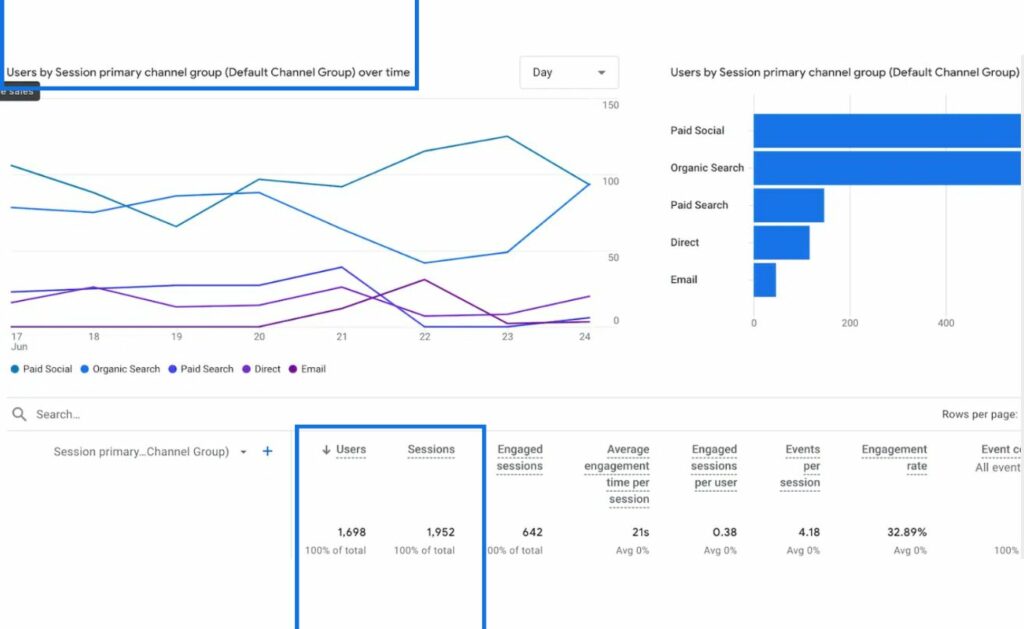
Traffic report (users and total sessions) for one week in Google Analytics.
Using Insights to Refine Strategies
Review your data regularly and identify trends or patterns. For example, if you notice a drop in engagement during the consideration stage, it might be time to revamp your email content or retarget ads.
Similarly, conducting A/B tests on your marketing campaigns can help determine which strategies work best. This could involve testing different email subject lines, calls-to-action, or ad creatives to find the most effective approach.
Collecting customer feedback through surveys, reviews, and direct interactions provides valuable insights into their experiences and preferences, allowing you to make informed improvements to your strategies.
Wrapping Up
Lifecycle marketing could transform your business by creating meaningful connections and turning satisfied customers into advocates. When you address each stage of your customer’s journey, you foster a seamless experience that drives loyalty.
Ready to see the impact for yourself but not sure where to start? WolfPack Advising is here to help – schedule a consultation online today.


